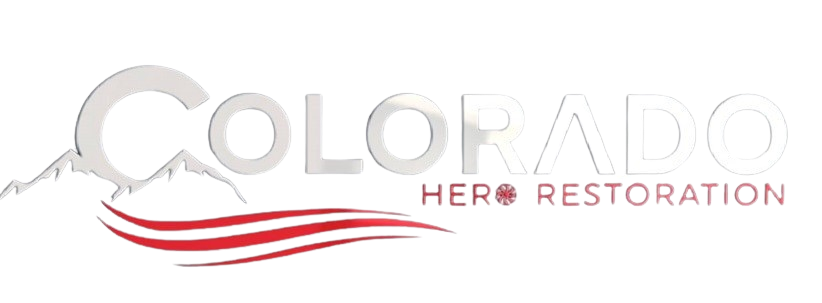Mold can be a serious issue in any home, posing health risks and causing significant damage if not addressed promptly. At Colorado Hero Restoration, we’ve handled countless mold remediation projects and want to share some expert tips on how to safely handle mold in your home.
1. Identify the Signs of Mold
Mold can be tricky to spot, especially in its early stages. Look out for:
- Musty odors, often described as earthy or damp.
- Visible mold growth, which can appear as spots in various colors (black, green, white, etc.).
- Water damage or discoloration on walls, ceilings, or floors.
- Allergic reactions such as sneezing, coughing, or skin irritation when indoors.
2. Protect Yourself
When dealing with mold, safety should be your top priority. Before you start cleaning:
- Wear protective gear: gloves, goggles, and a mask (preferably an N95 respirator).
- Ensure the area is well-ventilated by opening windows and using fans.
- Avoid touching mold with your bare hands or inhaling the spores.
3. Contain the Mold
To prevent mold from spreading to other areas of your home:
- Seal off the affected area using plastic sheeting and duct tape.
- Turn off HVAC systems to avoid spreading spores through the air ducts.
- Use an air purifier with a HEPA filter to capture airborne mold spores.
4. Clean the Mold
For small areas (less than 10 square feet), you can usually handle the cleanup yourself:
- Mix a solution of water and detergent, or use a commercial mold cleaner.
- Scrub the mold off hard surfaces with a brush or sponge.
- Do not mix bleach with ammonia or other cleaners, as it can produce toxic fumes.
5. Dry the Area Thoroughly
Mold thrives in damp environments, so it’s crucial to dry the area completely:
- Use fans and dehumidifiers to remove moisture from the air.
- Fix any leaks or water issues that caused the mold growth initially.
- Monitor the area for several days to ensure it stays dry.
6. Dispose of Contaminated Materials
Some materials are difficult to clean and may need to be discarded:
- Porous materials like drywall, carpet, and insulation that have mold growth should be removed and disposed of properly.
- Seal them in plastic bags to prevent spores from spreading during disposal.
7. Prevent Future Mold Growth
Once you’ve handled the current mold issue, take steps to prevent future problems:
- Keep humidity levels in your home below 50%.
- Use exhaust fans in bathrooms, kitchens, and laundry rooms.
- Fix leaks in your roof, windows, and plumbing promptly.
- Ensure your home has proper ventilation, especially in damp areas like basements and attics.
When to Call Professionals
While small mold problems can often be handled by homeowners, larger infestations require professional intervention. You should call a mold remediation specialist if:
- The affected area is larger than 10 square feet.
- Mold has penetrated HVAC systems or hidden areas like behind walls.
- You or your family members are experiencing severe allergic reactions.
- The mold problem persists despite your efforts to clean and remove it.
At Colorado Hero Restoration, our experienced team is ready to help you tackle any mold issue safely and effectively. We use advanced techniques and equipment to ensure your home is mold-free and safe for your family. Contact us today for a free assessment and let us restore your peace of mind.
